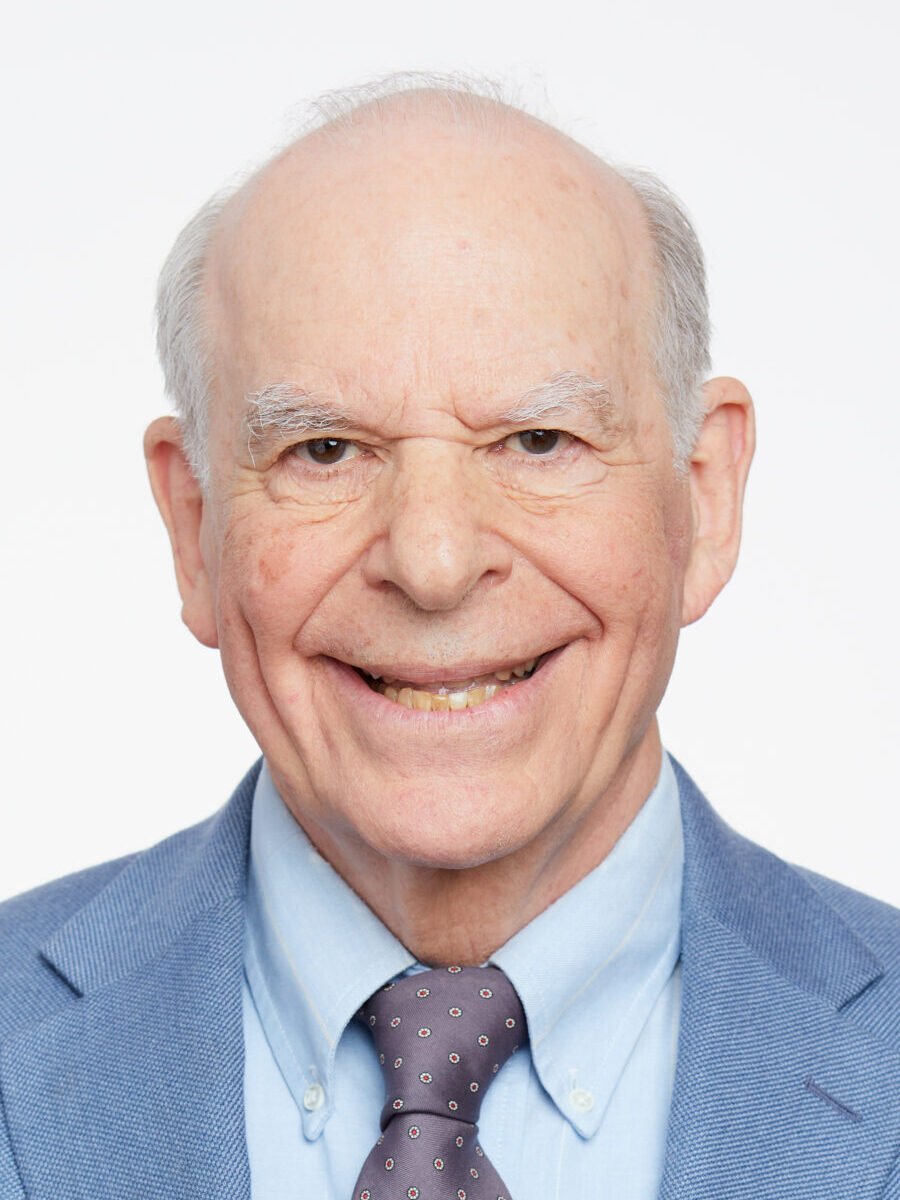Meet Our Physicists
John Schwarz

John Henry Schwarz is a theoretical physicist, who is regarded as one of the founders of string theory as well as the proposal that it could provide the basis for a unified quantum theory of gravity together with the other fundamental forces.
Schwarz majored in mathematics at Harvard College (A.B., 1962) and theoretical physics at the University of California at Berkeley (Ph.D., 1966), where his graduate advisor was Geoffrey Chew. He was on the faculty at Princeton University (1966-72), the last three years as Assistant Professor. In 1972 Murray Gell-Mann arranged for him to move to the California Institute of Technology (Caltech), where he stayed for the remainder of his career, becoming the Harold Brown Professor of Theoretical Physics in 1989. He retired from Caltech in 2015, though he still keeps an office there and continues to do some research.
Schwarz pioneered the development of string theory for almost his entire career. In 1971, together with Andre Neveu, he introduced a string theory that eventually was understood to contain a new kind of symmetry called “supersymmetry”. Important related work was done by Pierre Ramond. In 1974 he and Joel Scherk realized that string theory necessarily describes gravity, even though that wasn’t the purpose for which it had been developed. This led them to propose that a string theory could provide a unified quantum theory of all fundamental forces. For a decade very few others took this proposal seriously. However, his work with Michael Green on “anomaly cancellation” in string theories led to the so-called “first superstring revolution” of 1984, which greatly contributed to moving string theory into the mainstream of research in theoretical physics. This work was done at the Aspen Center for Physics.
Schwarz was elected a member of the National Academy of Sciences in 1997. He received a MacArthur Foundation Fellowship in 1987, the Dirac Medal of the International Centre for Theoretical Physics in 1989, and the Dannie Heineman Prize for Mathematical Physics of the American Physical Society in 2002. He shared the 2014 Breakthrough Prize in Fundamental Physics with Michael Green “for opening new perspectives on quantum gravity and the unification of forces.

Positions Held
Trustee, 1982 – 1988
Treasurer, 1982 – 1985
General Member, 1990 – 2005
Honorary Member, 2005 – current
Related Content

The Early Years of String Theory at ACP
By John H. Schwarz
We reminisce about some of the highlights in the development of string theory at the Aspen Center for Physics during the period 1969–1984, especially the authors’ collaboration in the period 1980–1984.